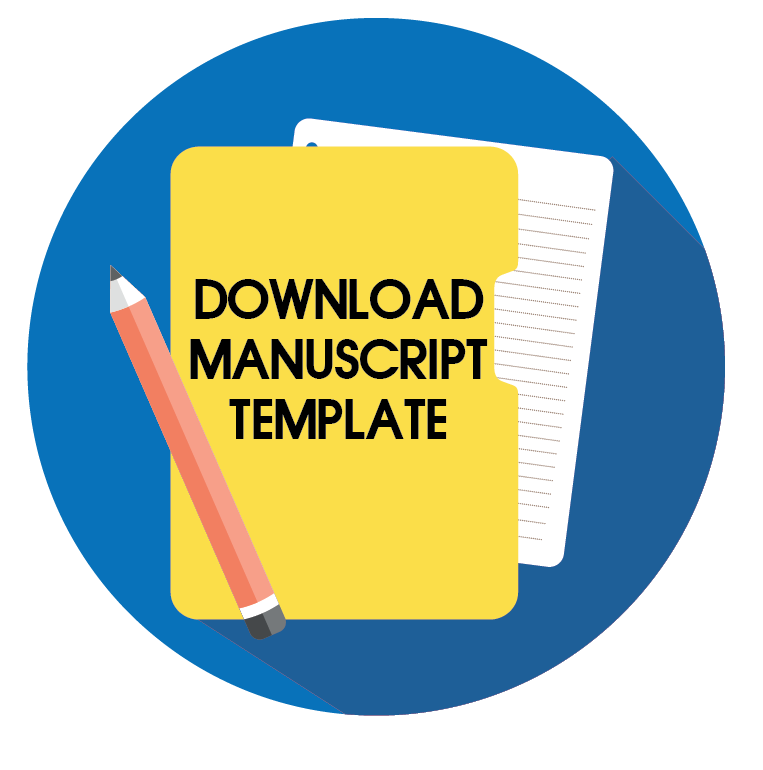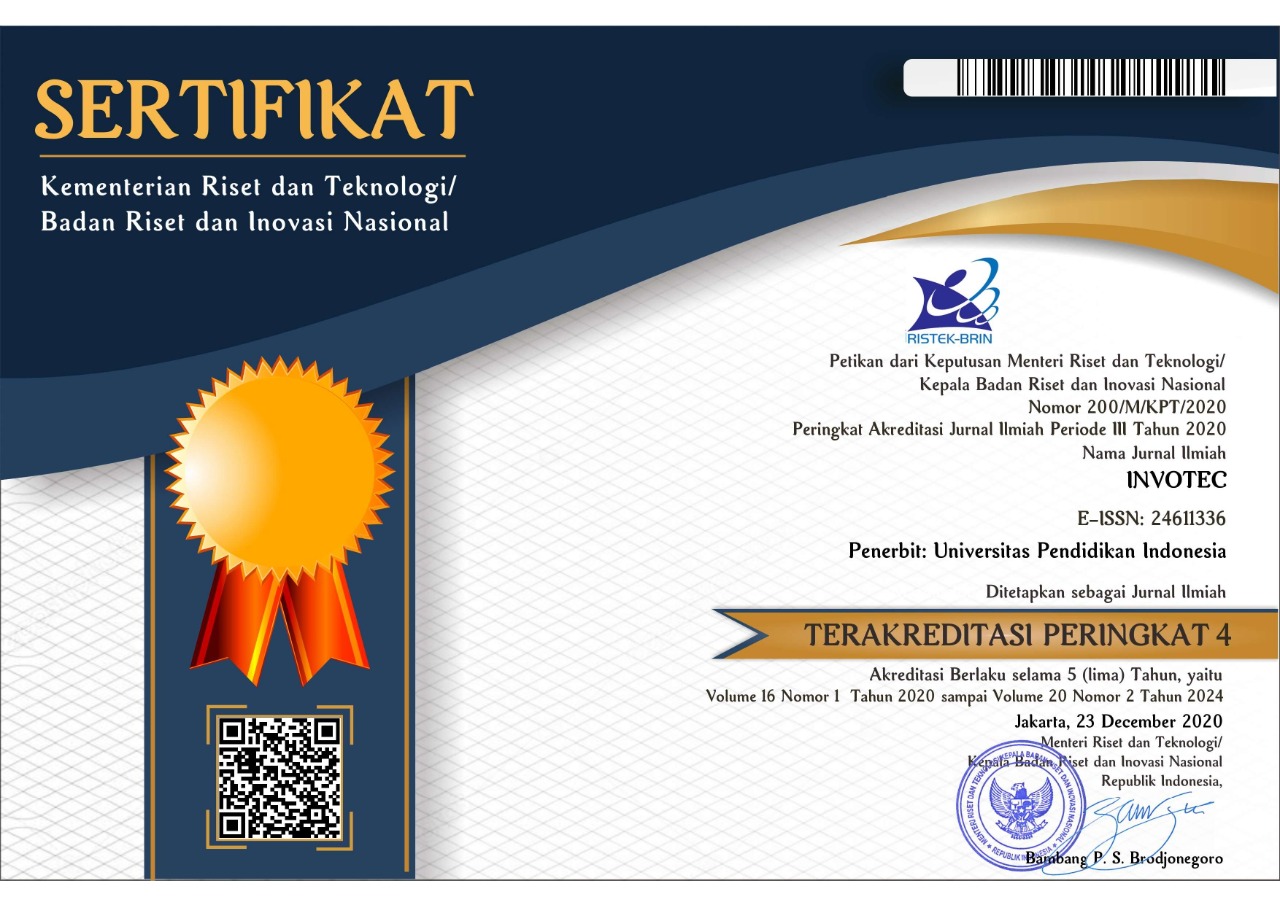Tutorial Video Multimedia Development Learning of White Garden
Abstract
Keywords
Full Text:
PDFReferences
Almara'beh, H., Amer, E. F., and Sulieman, A. (2015). The Effectiveness of Multimedia Learning Tools in Education. International Journal of Advanced Research in Computer Science and Software Engineering, 5(12), 761-764.
Brame, C. J. (2015). Effective educational videos. Retrieved from http://cft.vanderbilt.edu/guides-sub-pages/effective-educational-videos.
Fahrurozi, S. K. (2017). The Development of Video Learning to Deliver a Basic Algorithm Learning. Indonesian Journal of Informatics Education, 1(2), 49-56.
Kaewkiriya, T. (2013). A Design and Development of E-Learning Content for Multimedia Technology Using Multimedia Game. International Journal of Software Engineering & Applications, 4(6), 61-69.
Molnar, A. (2017). Content type and perceived multimedia quality in mobile learning. Multimedia Tools and Applications, 76(20), 21613–21627.
Ali, M. (2016). Pengembangan Media Pembelajaran Berbasis Teknologi Informasi. Retrieved from: https://journal.uny.ac.id/index.php/jpakun/article/view/949.
Nasrullah. (2014). Role of Multimedia Tutorials in Distance Education. International Journal for Infonomics, 7(3), 933-941.
Paiva, R. C., Ferreira, M.S., Mendes, A. G., and Eusébio, A. M. J. (2015). Interactive and Multimedia Contents Associated with a System for Computer-Aided Assessment Show less. Journal of Educational Computing Research. 52(2), 224-256.
Rusman, and Riyana. C, (2011). Pembelajaran Berbasis Teknologi Informasidan Komunikasi: Mengembangkan Profesionalitas Guru. Jakarta: PT. Raja Grafindo Persada.
Sousa, L. D., Richter, B. and Nel, C. (2017). The effect of multimedia use on the teaching and learning of Social Sciences at tertiary level: A case study. Yesterday & Today, 17, 1-22.
Woolfitt, Z. (2015). The effective use of video in higher education. Inholland University of Applied Sciences. Retrieved from:https://www.inholland.nl/media/10230/the-effective-use-of-video-in-higher-education-woolfitt-october-2015.pdf.
DOI: https://doi.org/10.17509/invotec.v15i1.16054
Refbacks
- There are currently no refbacks.
Copyright (c) 2019 Innovation of Vocational Technology Education

This work is licensed under a Creative Commons Attribution-ShareAlike 4.0 International License.
This journal provides immediate open access to its content on the principle that making research freely available to the public supports a greater global exchange of knowledge.

This work is licensed under a Lisensi Creative Commons Atribusi-BerbagiSerupa 4.0 Internasional.


